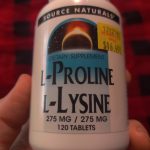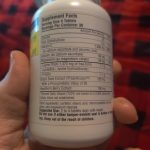Respecting the pectin. Such a wonderfully powerful health resource.
Abstract
A simple procedure for determining the galacturonic acid and methanol contents of soluble and insoluble pectins, relying on enzymatic pectin hydrolysis and colorimetric quantification, is described. Pectin samples are incubated with a commercial pectinase preparation, Viscozyme, then the galacturonic acid content of the hydrolyzed pectin is quantified colorimetrically using a modification of the Cu reduction procedure originally described by Avigad and Milner. This modification, substituting the commonly used Folin-Ciocalteau reagent for the arsenic containing Nelson reagent, gives a response that is linear, sensitive, and selective for uronic acids over neutral sugars. This method also avoids the use of concentrated acids needed for the commonly used m-phenylphenol method. Methanol, released by the action of the pectin methylesterase found in the Viscozyme, is quantified using alcohol oxidase and Purpald. This combined enzymatic and colorimetric procedure correctly determined the galacturonic acid and methanol content of purified, soluble citrus pectin. Application of the procedure to water insoluble pectins was evaluated with water insoluble material from apples and oranges. In both cases good agreement was obtained between this method and commonly used methods based on chemical pectin hydrolysis. Good agreement between these procedures was also found in the analysis of both soluble and insoluble pectins from several tomato products.
Glucuronic Acid, a Precursor of Ascorbic Acid in Aspergillus niger
Galacturonic acid prepared from pectin can be used to synthesize vitamin C.
Anti-cancer activities of pH- or heat-modified pectin

